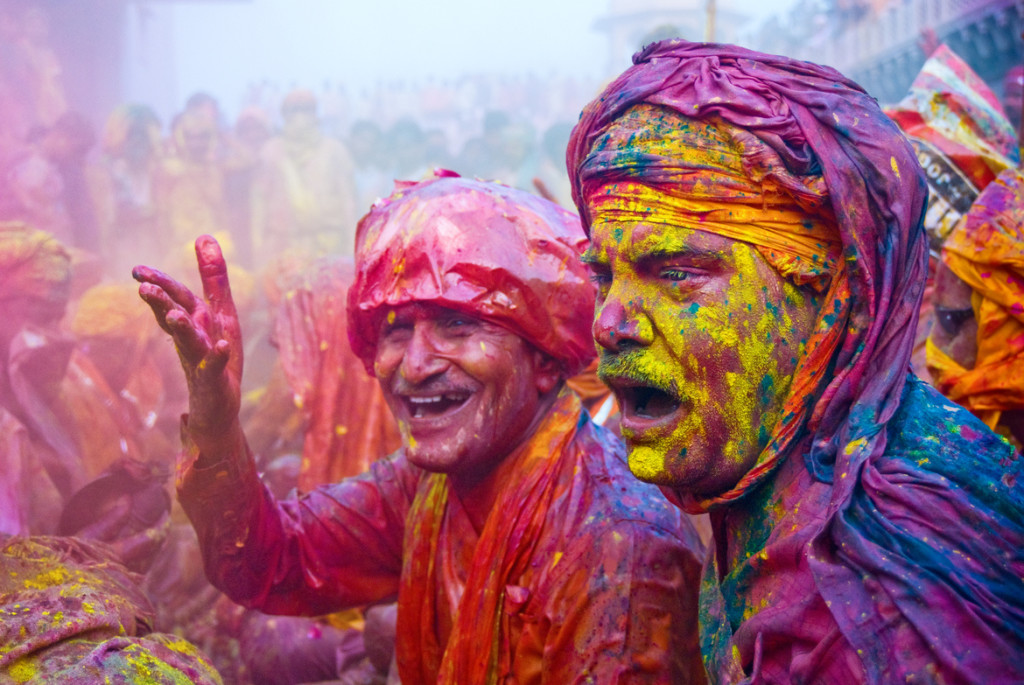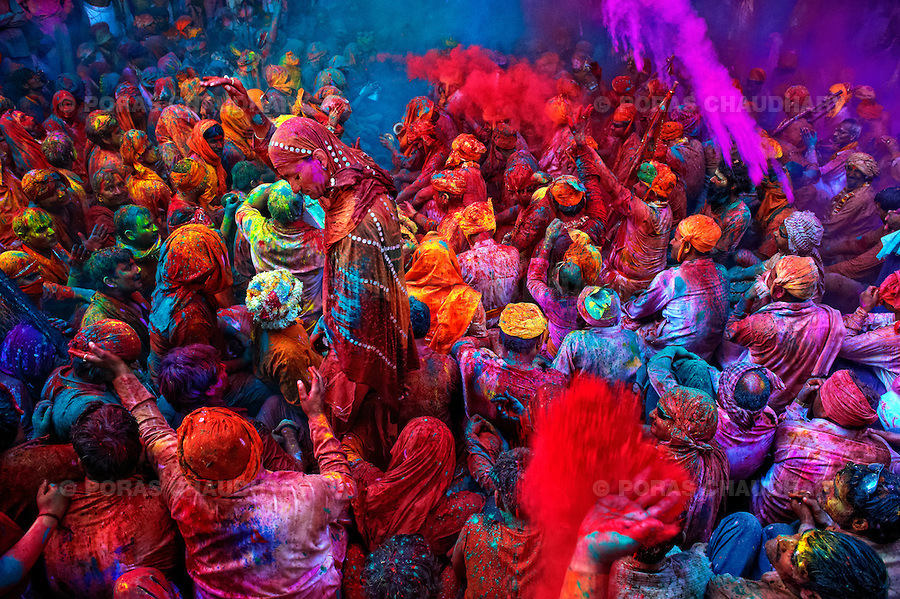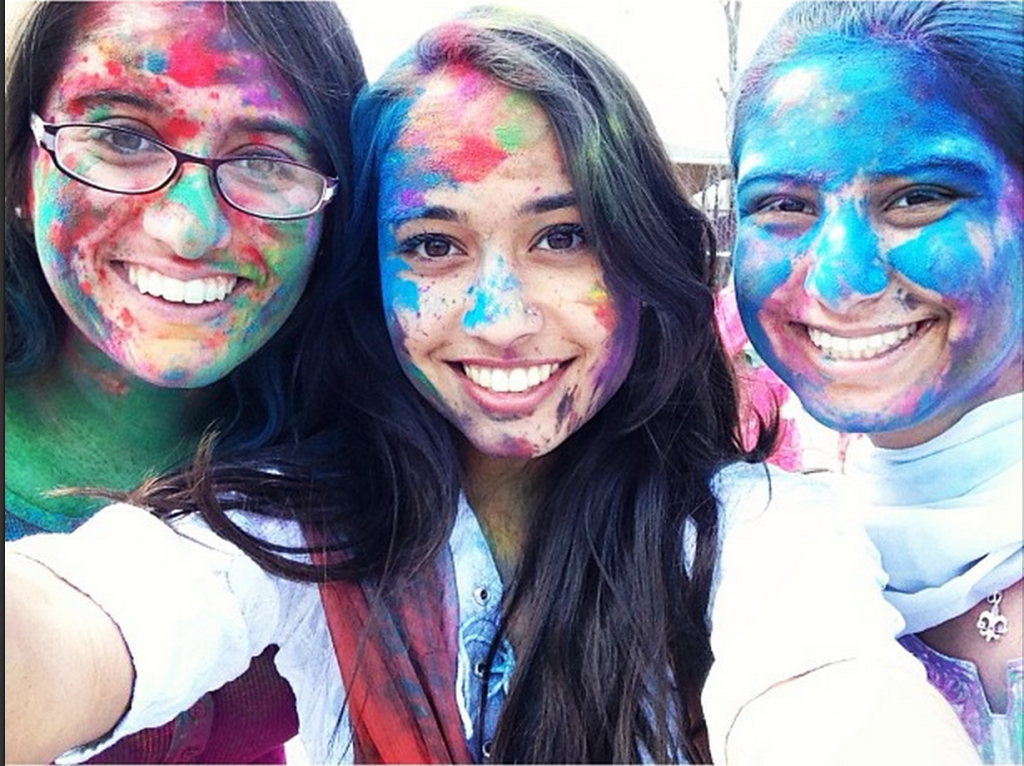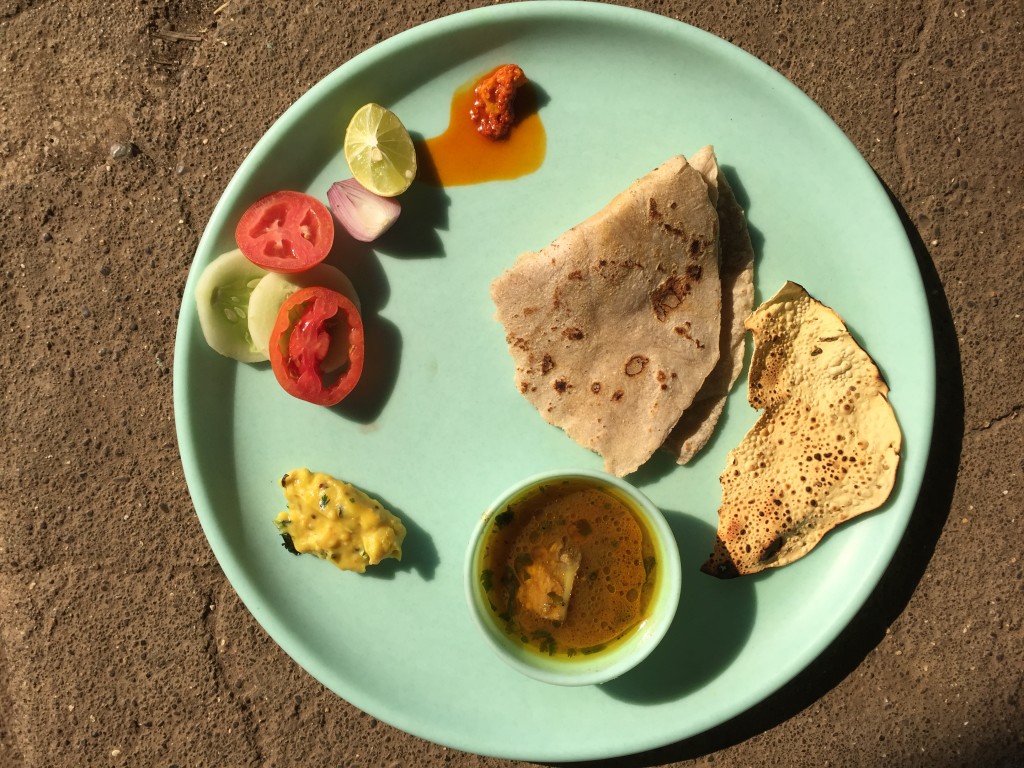Lately, I’ve started noticing a lot how different our demographics affect our upbringing. For Schreyer scholars, our biggest struggles are getting an A on an upcoming test, but for other people, their problems may not be bigger but they sure are on completely different plans. For example, when I visit my friends in city schools, a lot of the university towns are similar to any college campus, but as soon as you enter the local community, its so much more different. In cities, people are concerned about their safety, their expensive housing, among other things. When I visit home in the suburbs, I hear my mom talking about how someone asked everyone to bring way too much food to the potluck, and how its unfair for the host to be cooking the least food at a potluck. When I hear that, I think, do these people not have ANY bigger problems in their life??? And then when I see people in the city working at food trucks making their living, I think, how can these people even find a way to live??? I find it overwhelming that we’re approaching real life so soon, and wow, I could not be more thankful that my biggest problem is getting an A on the next test, because that means I’m privy to an education, a luxury that some people just don’t have.
Anyway, it is interesting to see the different cultures, and their problems, and what our eventual contributions to the world will be. I am inspired to write this post because Kendrick Lamar, my favorite rapper/musician/artist just released a new album “To Pimp a Butterfly”, which is about is overwhelming new fame. He came from Compton, CA city south of Los Angeles where a few rappers have actually come from (Tyga, Dr. Dre, Schoolboy Q, N.W.A) and a lot of their music is inspired by the cultural differences between the black and hispanic gangs in this city. Now, I will take the disparity of multiculturalism and boil it down to this city in California. Kendrick’s second album “good kid, M.A.A.D city” is lyrically genius. good kid, refers to Kendrick, a kid with good intentions, in a “Mad city” which makes him do crazy things. M.A.A.D also stands for “my angel on angel dust”, which is PCP, which is apparently the scariest drug on the streets. He finds solace from the crime through God, actually, and is why he refers to angels in the title as well.
I know rap is hard to get into for a lot of people, but if you go on rap genius (explains each lyric) and look through all the songs in this album, its amazing poetry. My favorite is money trees. In Compton, the culture is to be born into your gang, and hate the gang you’re suppose to. It’s a lot like Romeo and Juliet. Kendrick was born into the “Pirus bloods” gang. This whole album is about the struggle of how his gang makes him throw up their signs, and pledge allegiance to its values like drugs and crime, but he finds solace in his actions with his connection to God.In this song, he talks about how they’d “go at a reverend for the revenue”, which means they would mug or steal from a reverend because that’s how desperate they are. Later on, he says “halle berry or hallelujah//Pick your poison…”, because he sees halle berry, or a life of spoils as nothing fulfilling, but salvation in the darkness of compton as impossible, so both futures are like “poison”. This whole song is about stealing money from people with his homies, but he battles this bad with finding salvation through God. In the last verse he says “them serpents lurking [for] blood//Bitches selling pu***, niggas selling drugs, but it’s all good”. This is a play on words referring to the Garden of Eden that serpents are also in Compton tempting the bad out of people, which he explains with that next fruitful line.
Can you imagine living in a place where no other culture but the one you’re born into is respected? Kendrick found solace by writing music and finding inspiration from his predecessors like Tupac and Dr. Dre. I have noticed how vastly different everyone’s problems are, and someone like Kendrick really sheds a light on just how much multiculturalism lacks in low-income places. In this case, it manifests as a fight between two gangs. Who even knew gang culture was prevalent anymore! Rappers do take steps to stop their childhoods from happening to other people, though, because for example in the song maad city, kendrick says how when he’s in the crips’ streets, he hears “yawk, yawk, yawk” on the street as a warning, which he has schoolboy q (previous crips member) sing. Even their friendship is enough of an influence to instill a small change in Compton.
Anyway, this post has run way over, but another one of Kendrick’s moving pieces is Keisha’s song which doesn’t concern multiculturalism much, but it’s about rape and the horrible life that this poor girl has to live to support herself. Listen and read to be moved!!










